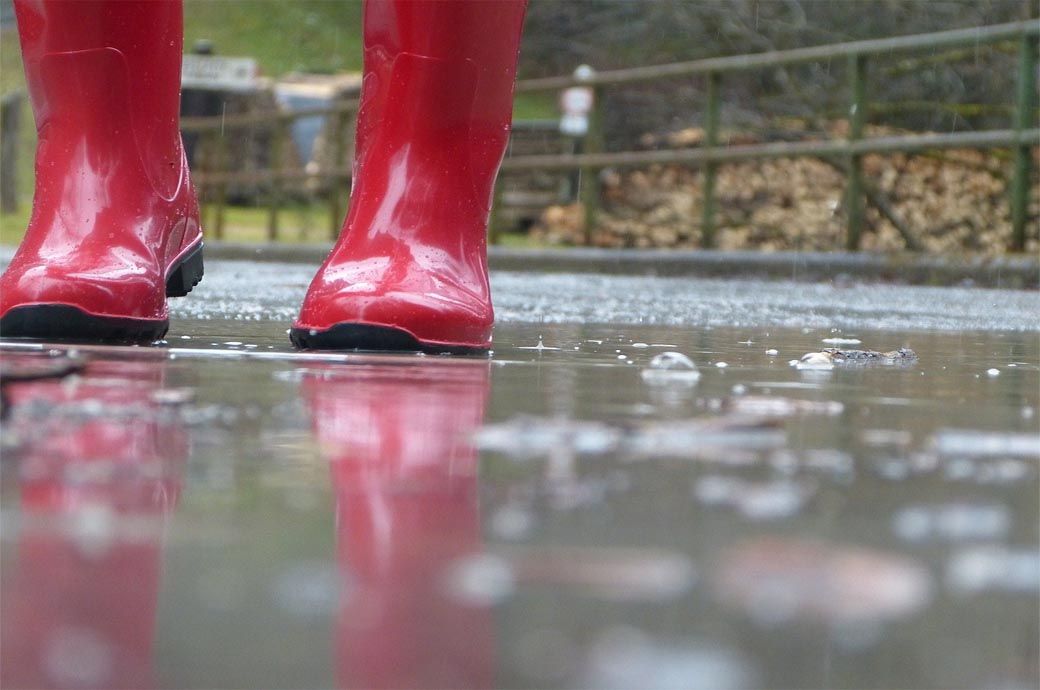
Textiles are one of the biggest sources of PFAS pollution in Europe. PFAS, a group of highly persistent chemicals, are widely used in many textile-based products including clothing, carpets and other household goods for waterproofing, oil, dirt and heat protection, and increased durability.
However, they also persist over time and may accumulate in humans, animals and the environment, increasing the risk of serious health and environmental impacts.
The EEA briefing offers an overview on how the ongoing process to restrict the use of PFAS in the EU could have an impact on the possibility to reuse and recycle used textiles. It is based on a larger report commissioned for the EEA and it complements work done by other EU agencies, including the European Chemicals Agency (ECHA).
Available information suggests that alternatives are available to replace PFAS in the majority of different textile categories. For some categories of textiles, however, alternatives are lacking or there is inconclusive evidence to assess their technical and economic feasibility. These include, for example, some types of personal protective equipment for firefighters.
The use of PFAS in textiles poses a barrier to the longer use, reuse, recycling and other circular economy efforts to avoid textiles ending up in landfills or incineration in Europe or overseas, as per the briefing.
Besides moving to sustainable alternatives in new textiles, there is a need to identify and separate PFAS at end of life for textiles already in use but this is rarely done in practice, the EEA briefing notes. Most textile waste in the EU is currently incinerated but it is uncertain whether this adequately eliminates PFAS.
The capacity to suitably destroy PFAS at scale in the EU needs to be developed, while unregulated waste management, resulting in uncontrolled landfilling and open burning should be avoided in Europe and elsewhere.
Fibre2Fashion News Desk (RR)